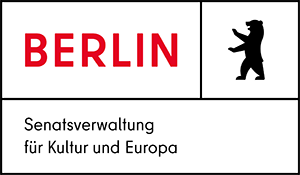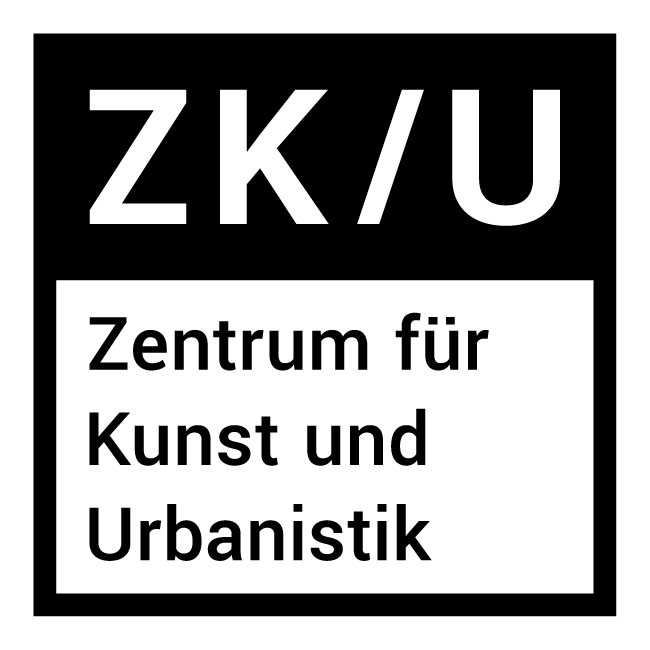30 March–5 April 2019
Artists
As of 2018, two scholarships are granted annually to artists who live in Istanbul. The aim is to further enhance the relations between the partner cities of Berlin and Istanbul as well as the connections to the Turkish art scene.
The presentation in the exhibition space of the nGbK by scholarship holders Evrim Kavcar and Yasemin Özcan allows insights into their research-based artistic practice.
Evrim Kavcar
Istanbul-Berlin scholarship holder (June-December 2018)
The focus of Evrim Kavcar’s artistic engagement is studying the nature of gaps in order to access the memory of things forcefully lost. The works on display have been created during her residency and explore the connections between individual and personal memories on the one hand and social and collective memories on the other. The artist works with performance, sculpture, and drawing in a situation-specific and material-sensitive manner. The intersection of politics and poetics is her productive zone.
During her stay in Berlin, Evrim Kavcar has been researching the multiple meanings, connotations and translations of one specific material: earth.
Using a map of free-flowing ideas such as ground as a silent witness*, homeland, blood and soil, etc. triggered by the material itself as her guide, she extracted handfuls of loose earth in a psychogeographic manner from the parks of Berlin. Choosing direct physical contact with the ground as her method, she states: “Contact with the soil of wherever we are standing upon reminds us of our relation to a deeper time shaped by cycles of life and death and offers itself as a tool of connectedness, enabling a change within ourselves; under our skin, as if under the ground. The face of the earth – the actual ground – connects the humans and non-flying forms of life.”
For the first stage in her process, Kavcar sat on the bare ground at a different park each day, rolling loose sand into spherical forms inspired by the Japanese tradition of hikaru dorodango (shiny mud balls). Driven by the desire to ground herself after a period of witnessing a continuous loss of ground -due to the effects of the climate in all senses of the word- , Kavcar devoted herself to this meditative and protracted activity. Meanwhile she started to keep a record of spherical objects from art history and daily life in order to create a possible context for the mud balls. The filtered and very fine particles of sandy earth that cover our skin, fill our nostrils or irritate our eyes serve to Kavcar as a metaphor for the daily immersion in doubt and anxiety due to shaky grounds shaped by politics that can be countered only by training oneself towards a state of care.
The video BODEN (2019) represents an attempt at interpreting these six months of multisensory and intertextual research. The character of Berlin’s sandy ground, the presence of rubble in its composition, the way it is transformed by touch and time, and its impact on the city’s ecological diversity, provide metaphors not only for phases of awakening after traumatic events , but also for other ways of connecting with the ground beneath our feet – the place where we stand, fall, or fly away from this earth.
*There are two sides to this issue:
1- “Yerin kulağı vardır,” is an expression in Turkish. Its direct translation is: The ground has ears. Its connotation is: Be careful what you say out in the open air; they might hear you.
2- The idea of the ground/earth as silent witness requires us to think in a cyclical time; unlike the linear and forgetful version of the contemporary experience of time. The silent witness, extending on the surface of the planet, and going through transformations in time, keeps a record of history.
Yasemin Özcan
Istanbul-Berlin scholarship holder (January-June 2019)
In her artistic practice, Yasemin Özcan is concerned with identity, cultural policies, gender, esotericism and psychology. She works with various media, including photography, video, sound, publications and ceramics. Since 1990, Özcan has taken an auto-ethnographical approach, analysing personal experiences in order to make cultural circumstances understandable.
Returning home in 2011, Yasemin Özcan encountered a seed that had sprouted in the sink of her house. She instinctively took a photograph of this surprising scene. She remembered the photograph many years later in preparation of the exhibition Saadet Cikmazi / Dead-End of Bliss (artSümer, 2017).
When she wanted to retake that low resolution picture with the sensibility of a visual artist, she was confronted with the fact that the seed had grown towards the source of natural light, in a kitchen that gets sunlight only a few hours during the day. She also remembered her teacher from a workshop she took on balcony gardening once saying: “Do not stress the germinated seeds.” The photography Hope or Light Stress (2011) is a representation of the concerns from a woman’s world accompanied by the feeling of hope.
WHY? (2018) is the first work from Özcan’s series of ceramics titled Tereddüt [Doubt]. The series references her book Marmalade Skies. In this book, the artist emphasizes the relationship between language and text. Fired using a traditional biscuit-firing method, the earthen vessel WHY? transforms into an object for both historical and contemporary issues.
Events:
Sunday, 31 March 2019
18:00
Guided tour through the exhibition with Evrim Kavcar
19:00
Lecture Performance (TUR w.ST:EN)
Yasemin Özcan »The Heart of the Flâneuse (2017)«
For the exhibition »Flâneuses«, Yasemin Özcan produced the artist book »Marmalade Skies«. It features short stories that are based on different histories, geographies and characters. They invite the viewer to think about the presence of women in public space. Özcan relates in her lecture performance »The Heart of the Flâneuse« to this book and the heartbeats of the flâneuses, who continue to swing under ‘marmalade skies’, become audible.
The exhibition »Flâneuses« (13 September- 3 November 2017) at the French Cultural Center in Istanbul in collaboration with İKSV (Istanbul Foundation for Culture and Arts) was curated by Bige Örer.
The stipend of the Senate Department for Culture and Europe is made possible within the framework of a cooperation between the neue Gesellschaft für bildende Kunst (nGbK), the ZK/U – Zentrum für Kunst und Urbanistik in Berlin and DEPO in Istanbul.
In cooperation with



